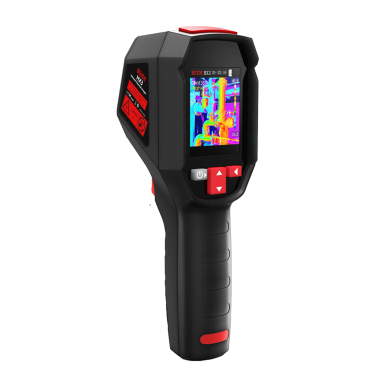
# Ear Thermometers: Accurate and Convenient Temperature Measurement
## Introduction to Ear Thermometers
Ear thermometers, also known as tympanic thermometers, have become increasingly popular in both medical settings and homes due to their accuracy and ease of use. These innovative devices measure body temperature by detecting infrared heat emitted from the eardrum and surrounding tissue.
## How Ear Thermometers Work
The Science Behind the Measurement
Ear thermometers utilize infrared technology to capture the thermal radiation emitted by the tympanic membrane. This membrane shares blood supply with the hypothalamus, the body’s temperature control center, making it an excellent indicator of core body temperature.
Proper Usage Techniques
For accurate readings, it’s essential to:
Keyword: Ear Thermometers
- Gently pull the ear upward and backward (for adults) or straight back (for children) to straighten the ear canal
- Insert the probe snugly into the ear
- Ensure the thermometer lens is clean and free from debris
- Follow manufacturer instructions for optimal positioning
## Advantages of Ear Thermometers
Speed and Efficiency
Most ear thermometers provide readings in just 1-3 seconds, making them ideal for restless children or quick checks.
Non-Invasive Nature
Unlike rectal thermometers, ear thermometers offer a comfortable, non-intrusive way to measure temperature, reducing stress for both children and parents.
Hygienic Operation
With disposable probe covers and easy-to-clean surfaces, ear thermometers minimize the risk of cross-contamination between users.
## Choosing the Right Ear Thermometer
When selecting an ear thermometer, consider:
- Accuracy ratings and clinical validation
- Memory function for tracking temperature trends
- Backlit displays for nighttime use
- Age-specific features (some models adjust calculations for infants)
- Brand reputation and warranty options
## Limitations and Considerations
Potential Measurement Variations
Factors like earwax buildup, improper positioning, or recent exposure to extreme temperatures can affect accuracy. Always take multiple readings if results seem questionable.
Not Suitable for All Ages
Most manufacturers recommend ear thermometers for children six months and older, as infant ear canals may be too small for accurate measurements.
Comparison with Other Methods
While generally reliable, ear thermometer readings may differ slightly from oral, rectal, or forehead measurements. Consult healthcare providers about which method is most appropriate for specific situations.
## Maintenance and Care
To ensure long-term accuracy:
- Regularly clean the probe with alcohol wipes
- Store in a protective case when not in use
- Replace batteries as needed
- Follow manufacturer guidelines for calibration checks
## Conclusion
Ear thermometers represent a significant advancement in home healthcare technology, combining medical-grade accuracy with user-friendly operation. Their speed, comfort, and reliability make them an excellent choice for families and healthcare professionals alike. By understanding proper usage techniques and limitations, users can confidently monitor temperatures for better health management.